Diseña Tu Vida Universitaria
How can we help students design a fulfilling university experience?
By Valeria Aguayo, Danae Chipoco Haro and Diego Muñoz—University Innovation Fellows from Universidad de Ingeniería y Tecnología
I’m excited, it is the first week of the semester. I’m going to study a lot, I’m not going to fail any course. I think about the classes I’m taking, I hope to have good professors. “You must take the most of college to find a good job” says Mom. But one part of me doesn’t want to work. What is a “good job” anyway? It is the first week of the semester and I’m excited, yet at the same time afraid.
I
Thinking about the future
During our freshman year, we don’t know much about the various activities and programs that our institutions can offer. Sometimes we are even overwhelmed by the information and some of it gets lost. But at the same time, we want to enjoy this time because we know it is going to be unique. Not all of us get to immerse ourselves in activities that will drive us closer to our goals. Some of us are trapped between classes and assignments. We think constantly about the future, but we cannot plan it.
Design Thinking for Life
Design thinking is a methodology to create and develop solutions. It has become one of the most used methodologies when designing prototypes and innovative services or at the moment we launch our first start-up. This human-centered process has allowed many companies to discover unsatisfied needs of their customers and improve their products.
If design thinking has helped companies to succeed, could it do the same with our lives?
We can approach life planning through several ways. Design thinking sparks our curiosity and invites us to learn from others and ourselves; set us into a constant iterative process allowing us to learn fast and improve. Many times, our lives are not a straight line path and our problems are not resolved by consecutive steps. We are complex beings with many wishes and interests. We change all the time, as we discover new things. Thus, we need a plan with multiple options and objectives. By developing several life plans we have the chance of imaging different paths, each of them exciting in a unique way. In this way, we learn what works.
With the objective of showing freshman students these tools, we invited them to think about what they want and how they want to do it,to evaluate the different opportunities that college offers to take the most of it. Above all, give them confidence to take risks, try new things, to think as a designer and to build their path.
To show these tools to college freshmen, we invite them to reflect on what they want to do and how they want to do it, evaluate the various opportunities college presents to them to decide how to make the best use of their time there. Specially, give them the security to dare to take risks, try new things, think like a designer and build their way step by step.
Hands on!
Inspired by the books Creative Confidence and Designing Your Life, we discovered several tools to apply them in the design of university life and professional career. The first challenge was to select a few and how to present it to freshmen in a short time.
One of the distorted thoughts is the belief of finding a passion to dedicate yourself to it as your occupation. This generates fear or insecurity in people who enjoy doing different activities and do not know which one to choose as a “passion”, or others who do not believe they have found it yet. Therefore, we decided to start with an introduction to remove that fear and give them the confidence to find their occupations without having a passion in mind. Then, we went with them through three activities.
- Take part in meaningful activities. Before forming life plans, it is necessary to get to know ourselves and what we like to do. For this reason, we presented this part of the workshop, in which a diary of different activities carried out on a day-to-day basis is made and different comments are written about them. In addition, the level of commitment you feel with these activities and how much energy it demands or gives you is evaluated. This is how the students were able to get to know each other better through their day-to-day life.
- Build a north. If you want to pursue a journey, its because you want to enjoy all of it, not just one part of it. In the case of life plans, we want to create paths we will enjoy in all aspects important to us. But how do we know that? First we need to know what is important to us, and how we will treat those important aspects of our life. In this activity, students were given several questions regarding their occupation, hobbies, interpersonal relationships to guide their thoughts and how to best complement them.
- Design several futures. After the students get to know themselves better, we encourage them to plan their next five years. First they had to think about a plan with the resources they currently had. Then, they were asked to forget their constraints and focus only on what they wanted. To help them evaluate their plans, indicators were added at the bottom of the activity sheet: resources needed, how much they liked it, confidence, and coherence between the plan and what they have learned about themselves in previous activities.
- Identifying doubts. When thinking about our future plans it is normal to have doubts about them: am I ready for this? Are there job opportunities within my city/country? Are people currently working on the field fairly paid? But what’s important is to solve our doubts. Thus, we created a space for students to write down their doubts and solve some of them (the ones we could) among the people in the workshop. Finally we encourage them to talk with people that have done things related to their plans to solve their doubts.
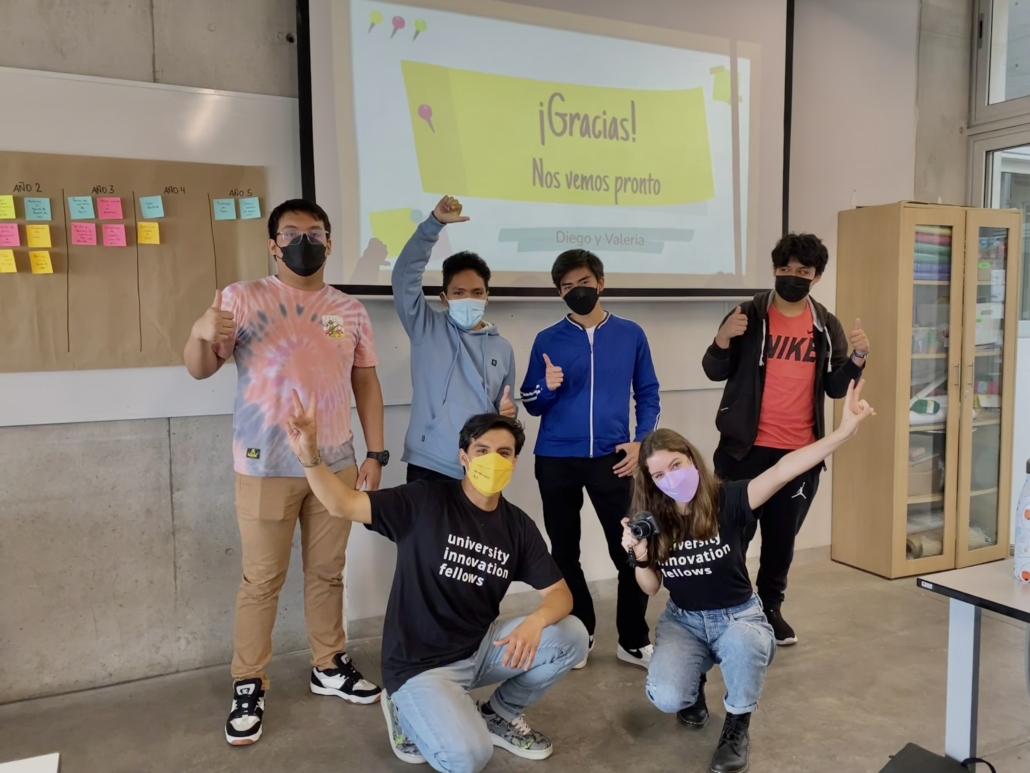
What have we learned along the way?
Most universities seek an integral education of their students and give them several opportunities for complementing their technical formation.
However, the way of communicating opportunities is usually not adequate. In addition, the number of opportunities can overwhelm the students and decrease their focus to take advantage of them.
Therefore, it is important for students to have spaces to think about what they want to do or what they want to try, so that they can take the most of this experience. Moreover, college is an important space for discovering new things and getting to know themselves better. As a result, it is common for students to change their goals along their years. Thus, developing these life plans at several stages of their career help them to focus on what they want. Moreover, allows them to identify questions and doubts which motivates them to solve and allows students to gain confidence to pursue their goals.
What Now?
A team of University Innovation Fellows at UTEC started the program “Diseña Tu Vida Universitaria” to teach students at several levels of higher education design thinking tools to plan their lives. This creates spaces to connect students at several stages and disciplines with alumni. Moreover, it facilitates experiences for students to get closer to different professional paths in their fields of interest that helps them in their career choices.
The original article can be found in the Events section of the 2021-2022 Change Forward Journal— Visions and Voices of Higher Education’s Future.

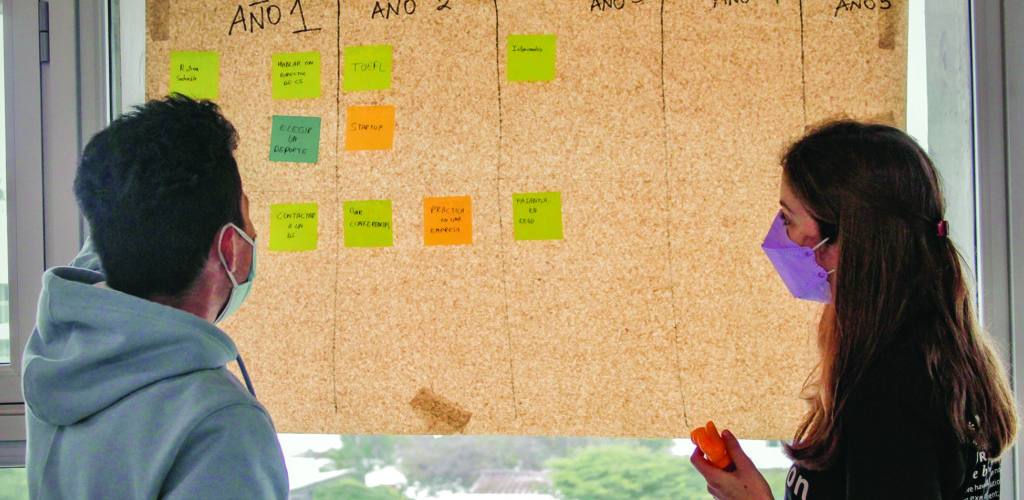 Credit: Ariana Beraun Gasco
Credit: Ariana Beraun Gasco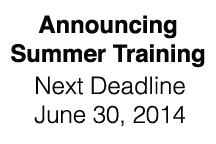
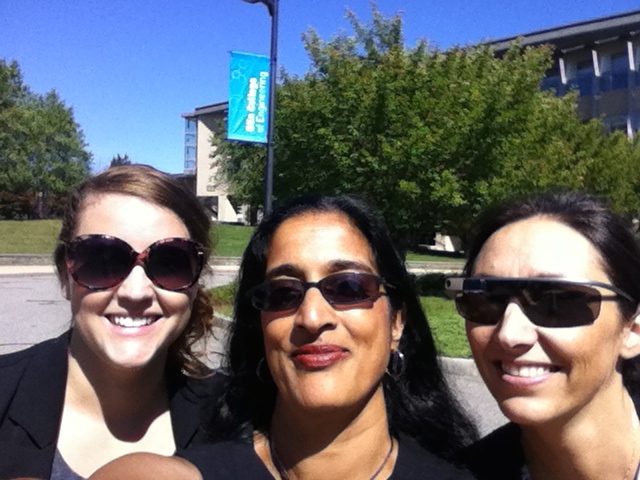

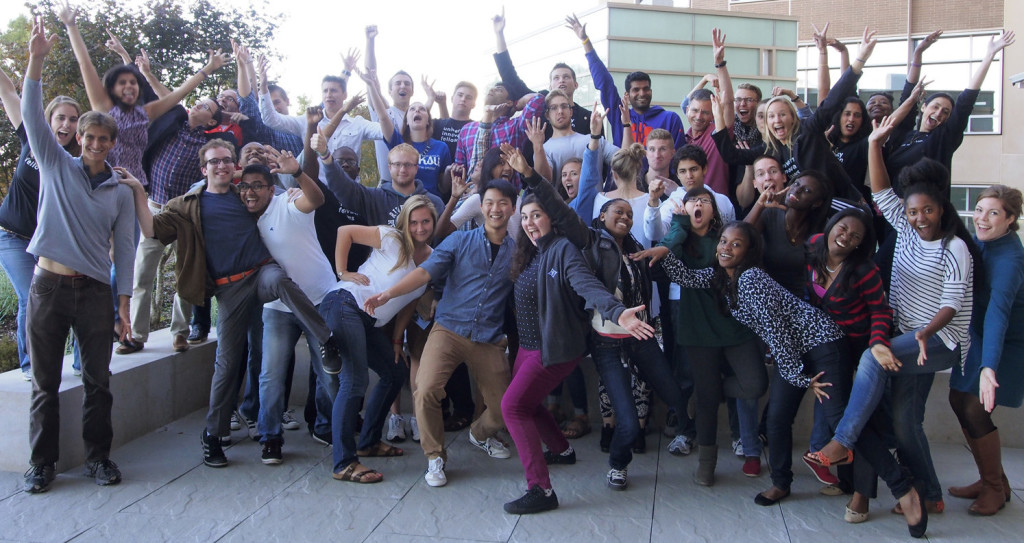
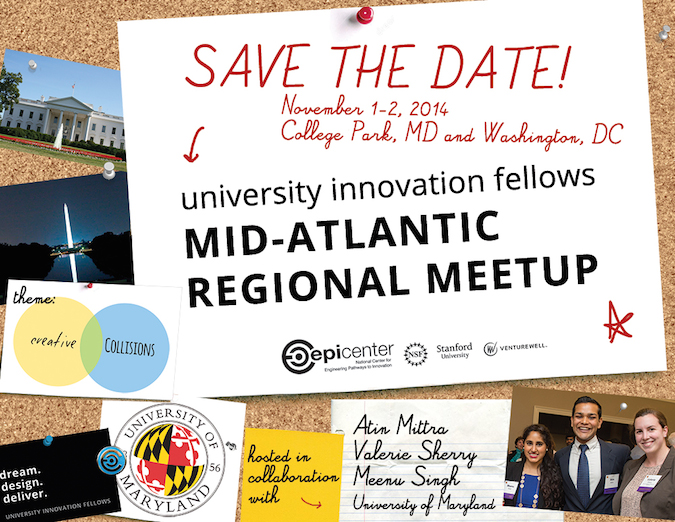
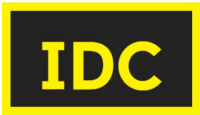
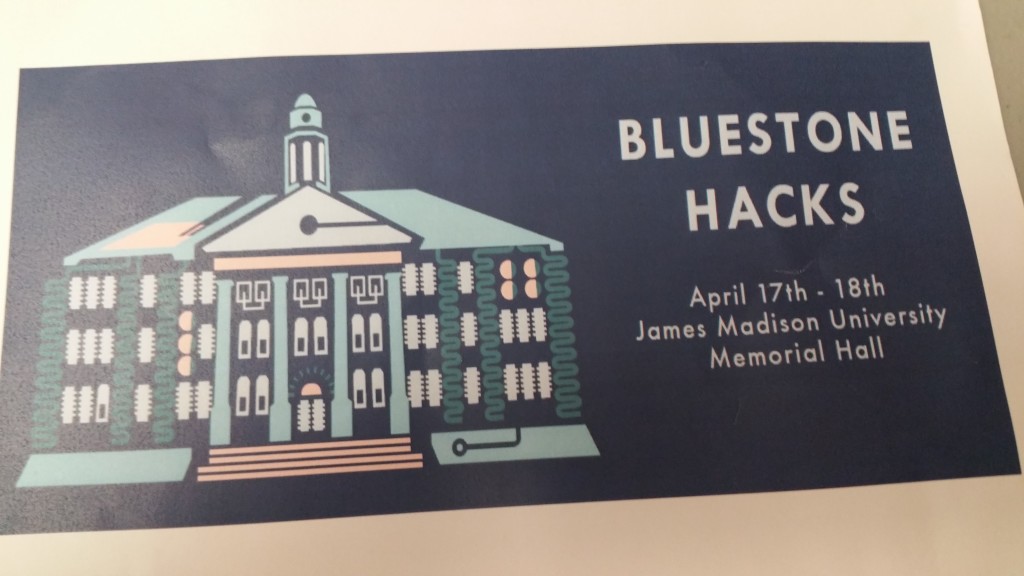



Leave a Reply
Want to join the discussion?Feel free to contribute!